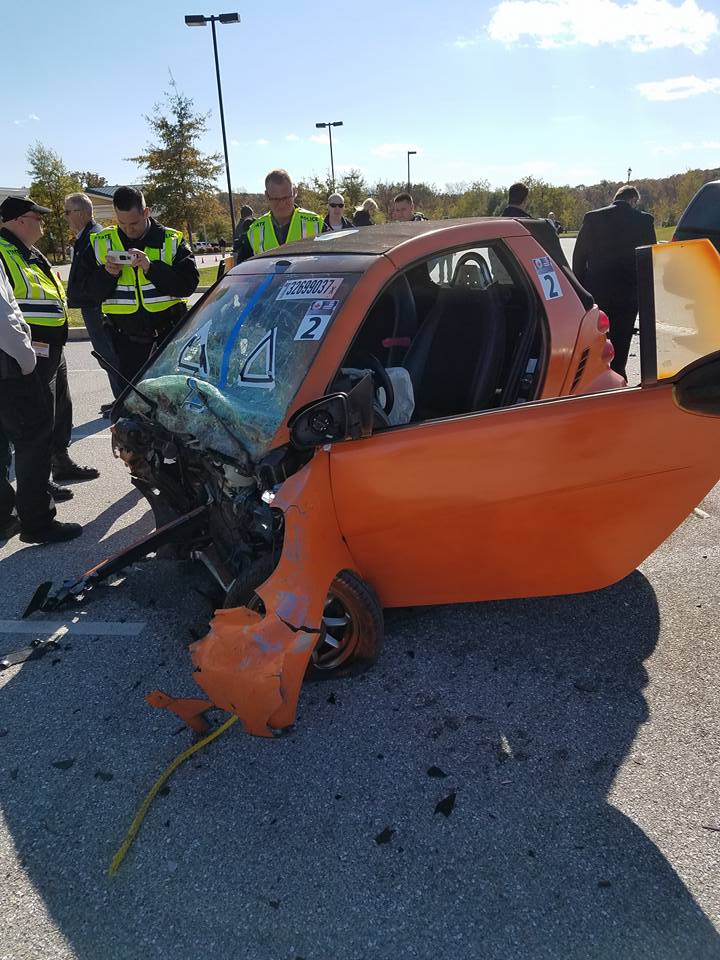There are several key components of a comprehensive crash investigation.

The first officer to arrive at a crash typically finds it chaotic at best.
As in any situation, the officer’s first priority is the preservation of life.
Second is the preservation of the scene and any possible evidence.
Once the scene is secured and victims tended to, law enforcement’s focus changes to investigative. The completion and accuracy of crash scene documentation is critical to determine contributing factors and any potential violations of the law. There are many steps necessary to properly document a crash scene.
An investigator performs several reconstructive tasks and considers countless details, including:
- Roadway evidence (debris, skid marks, etc.)
- Environmental factors (weather, road conditions, etc.)
- Vehicular assessment (damage, positioning of vehicles, vehicle contents, etc.)
- Human factors (fatalities, serious injuries, alcohol or drug involvement, etc.)
- Witness, driver, passenger interviews
- Scene measurements, preferably with a laser measuring device (point of impact, final resting position, etc)
- Photographs of the entire scene (with 360-degree spherical panoramas if possible)
- Collection of virtually anything with possible evidentiary value
Ideally, a reconstructionist arrives on scene before the crash is cleared, but in jurisdictions with limited resources, this isn’t always possible. Instead, the reconstructionist examines evidence and observations afterward, then draws conclusions using any number of disciplines – math, physics, chemistry and engineering, to name a few. OSCR360 allows the investigator to bring the crash scene to life with complete spherical documentation of the scene through the eyes of the officer who was there. This is useful during the investigative stage, as well as in subsequent litigation.
- With OSCR360, the crash reconstructionist virtually “walks through” the entire collision scene to get an on-scene 360-degree view of the scene – even details such as skid marks, gouges, or blood on the roadway. This is particularly valuable when a reconstructionist can’t get to the scene.
- In court, 360-degree spherical photos leave nothing up to the imagination. Judges, attorneys, and jurors see the scene exactly as it was.
- When witnesses testify, 360-degree spherical images are visual reminders of exactly what happened. The photos make it easy for the courtroom to follow along as the witness speaks.
- In the event that there were no witnesses on scene, all evidence files must be presented to determine responsibility. 360-degree spherical photos are invaluable during this process. OSCR360 images become containers for the presentation of other types of evidence – conventional tech photos, written documents, and traffic video.
[Watch a video with Chuck here]: How OSCR Benefits Accident Reconstruction
Discover more about OSCR360 for Crash Investigations below:

From providing care to the injured to preserving the scene, the job of a law enforcement officer is complex and adrenaline-filled. Once safety is restored, OSCR360 helps officers thoroughly capture every visual detail of the scene. The system can assist with all key components of a comprehensive crash investigation. OSCR360 is easy to use (no training needed) and exponentially faster than standard still photography when it comes to capturing an entire scene.